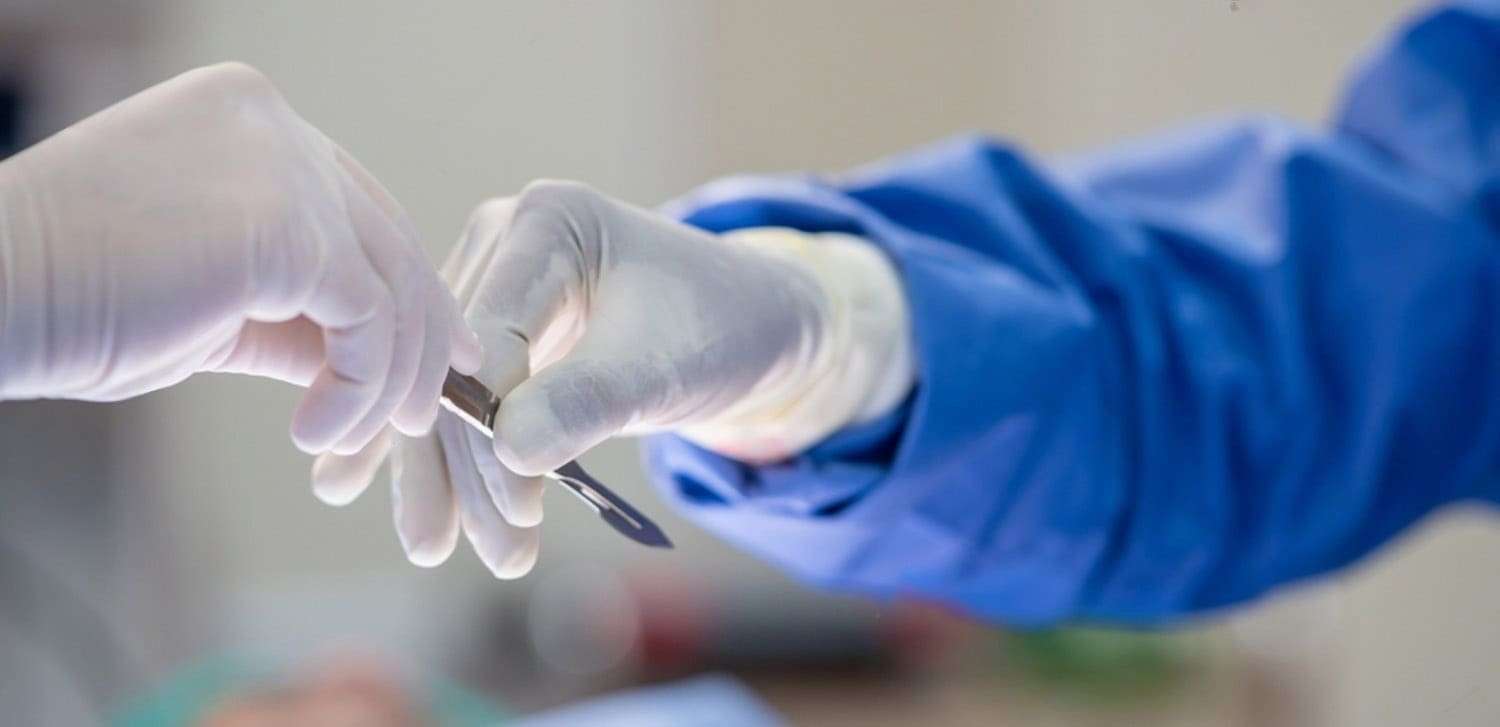Selecting the appropriate surgical blade is crucial for ensuring precision, safety, and efficiency during surgical procedures. Different surgeries require different types of blades, and various factors need to be considered to make the right choice.

Here’s a comprehensive guide to help you choose the right surgical blade for the operating room.
Types of Surgical Blades
Scalpel Blades
- Description: Commonly used for making incisions, they come in various shapes and sizes.
- Examples: #10, #11, #12, #15 blades.
- #10 Blade: Large, curved cutting edge; ideal for large incisions.
- #11 Blade: Pointed tip; used for stab incisions and precise cuts.
- #12 Blade: Curved with a sharp point; often used for suture removal.
- #15 Blade: Small and curved; suitable for short, precise incisions.
Disposable vs. Reusable Blades
- Disposable Blades: Single-use, sterile blades that reduce the risk of cross-contamination.
- Reusable Blades: Made from high-grade stainless steel, can be sterilized and reused.
- Material of the Blade
- Stainless Steel: Common, durable, and maintains sharpness.
- Carbon Steel: Extremely sharp but more brittle than stainless steel.
- Ceramic: Extremely sharp and resistant to wear but can be brittle.
- Titanium: Lightweight, strong, and durable but more expensive.
Factors to Consider
Type of Surgery
- General Surgery: Often uses #10, #11, and #15 blades for varied incision sizes.
- Orthopedic Surgery: May require stronger blades like #20 or #22 for cutting through tougher tissues.
- Ophthalmic Surgery: Requires specialized, extremely sharp blades for precision.
Precision and Control
- Blade Size and Shape: Smaller blades offer more control for delicate procedures, while larger blades are suitable for broad incisions.
- Handle Compatibility: Ensure the blade fits well with the handle for better control and maneuverability.
Sterility and Safety
- Pre-Sterilized Blades: Essential for maintaining a sterile environment and reducing infection risk.
- Safety Features: Blades with safety features, such as retractable covers, can minimize accidental injuries.
Surgeon’s Preference
- Familiarity: Surgeons often have preferences based on their familiarity and comfort with certain types of blades.
- Tactile Feedback: Some blades offer better tactile feedback, which can be crucial for certain procedures.
Cost and Availability
- Budget: Disposable blades might be more cost-effective in the short term, but reusable blades can save money over time.
- Supply Chain: Ensure a reliable supply chain for consistent availability of the required blades.
Additional Considerations
Blade Sharpness and Edge Retention
- Sharpness: Ensures clean cuts and reduces tissue trauma.
- Edge Retention: Important for procedures requiring prolonged use of the same blade.
Ergonomics
- Handle Design: Ergonomic handles can reduce hand fatigue and improve precision.
- Weight and Balance: A well-balanced blade and handle combination can enhance control.
Environmental Impact
- Disposable Blades: Consider the environmental impact and waste management practices.
- Reusable Blades: Evaluate the energy and resources required for sterilization.
Conclusion
Choosing the right surgical blade involves considering the type of surgery, material, precision needs, sterility, surgeon’s preference, cost, and environmental impact. By carefully evaluating these factors, healthcare providers can ensure optimal performance, safety, and efficiency in the operating room. Collaborating with surgeons and surgical staff to understand their needs and preferences can further enhance the selection process, leading to better surgical outcomes.
